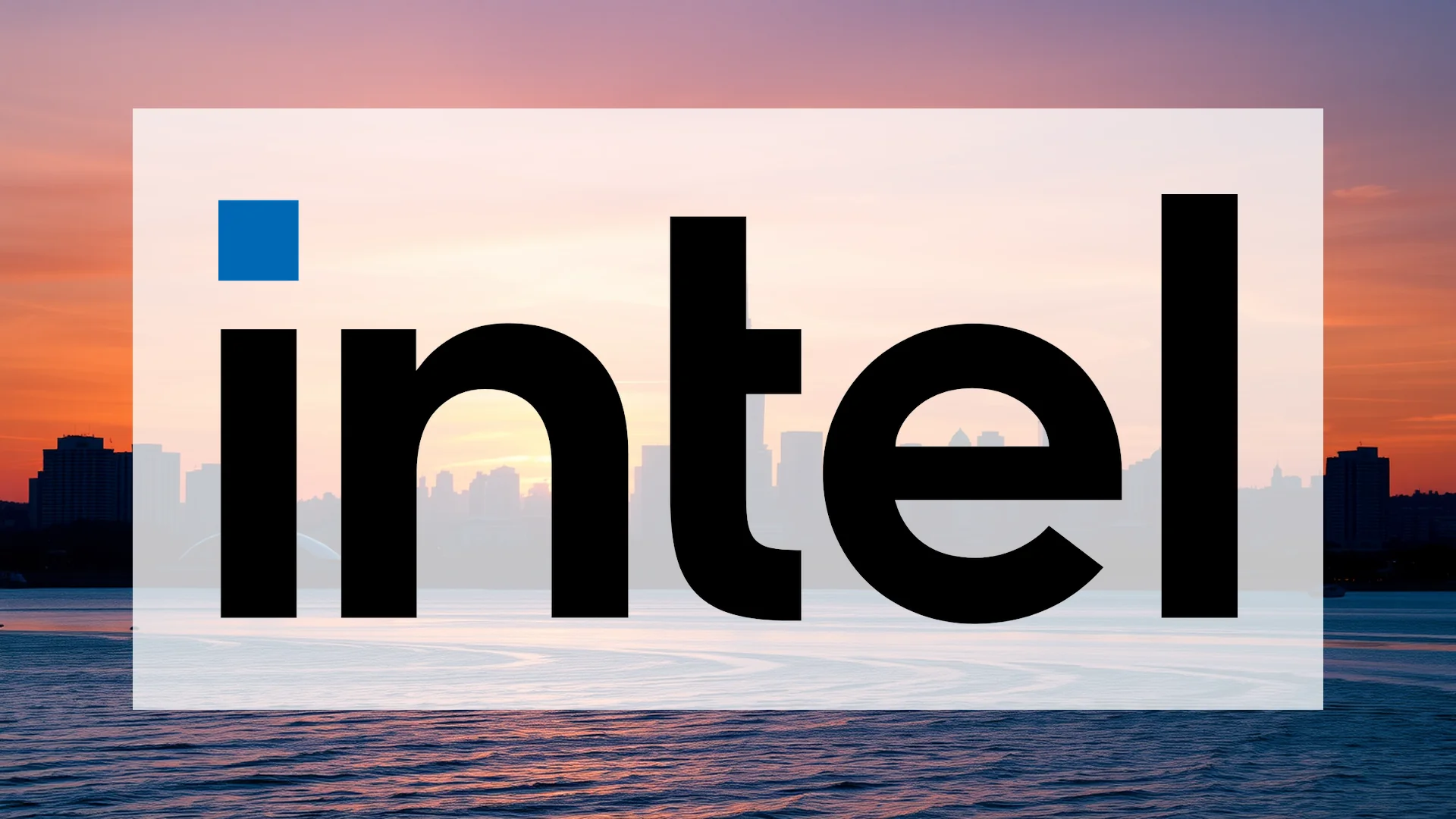The semiconductor industry is experiencing unprecedented growth, fueled by massive global investments in artificial intelligence capabilities. At the center of this transformation stands Intel, implementing a controversial dual-strategy approach that combines significant workforce reductions with substantial price increases across key markets. The chipmaker’s bold moves represent either a strategic masterstroke or a dangerous gamble that could determine its competitive future.
Strategic Workforce Reductions and Pricing Shifts
Intel has initiated one of the most substantial workforce reduction programs in its corporate history, with plans to eliminate between 21,000 and 25,000 positions. This represents up to one-quarter of the company’s total workforce, with the chip manufacturing foundry division being particularly affected. This segment is expected to lose 15-20% of its employees as part of the broader restructuring effort.
Simultaneously, the corporation has implemented notable price adjustments for several popular processor models in Asian markets. Consumers in South Korea have witnessed a 15% price increase for the Core i3-14100F processor within weeks, while Japanese markets experienced an even steeper 20% rise for the same product. This parallel strategy of workforce optimization and price elevation aims to bolster profit margins, though it carries significant customer relationship risks.
Artificial Intelligence Chip Race Intensifies
These dramatic corporate actions unfold against the backdrop of an intensifying battle for dominance in the artificial intelligence semiconductor sector. While competitor TSMC has raised its annual forecast reflecting robust AI-driven demand, Intel confronts substantial operational costs alongside its expensive strategic pivot toward becoming a contract chip manufacturer.
Should investors sell immediately? Or is it worth buying Intel?
Governments worldwide are injecting billions into establishing new manufacturing capabilities, from the United States to India and throughout Southeast Asia. This global semiconductor expansion creates both opportunity and pressure for Intel to remain competitive while maintaining financial stability during its transitional phase.
Critical Financial Reporting Ahead
The upcoming quarterly earnings report, scheduled for October 23, promises to deliver crucial insights into Intel’s strategic direction and operational health. This financial disclosure will serve as the first comprehensive assessment of whether the company’s aggressive cost-cutting measures and pricing strategy can successfully fund its expensive transformation into a contract chip manufacturer.
Market observers are closely monitoring whether this radical approach will secure Intel’s competitive positioning or potentially accelerate its challenges. The company’s shares, which have appreciated more than 60% since the beginning of the year, now face what may prove to be their most significant test of investor confidence in the current strategic direction.
Ad
Intel Stock: Buy or Sell?! New Intel Analysis from December 3 delivers the answer:
The latest Intel figures speak for themselves: Urgent action needed for Intel investors. Is it worth buying or should you sell? Find out what to do now in the current free analysis from December 3.
Intel: Buy or sell? Read more here...













